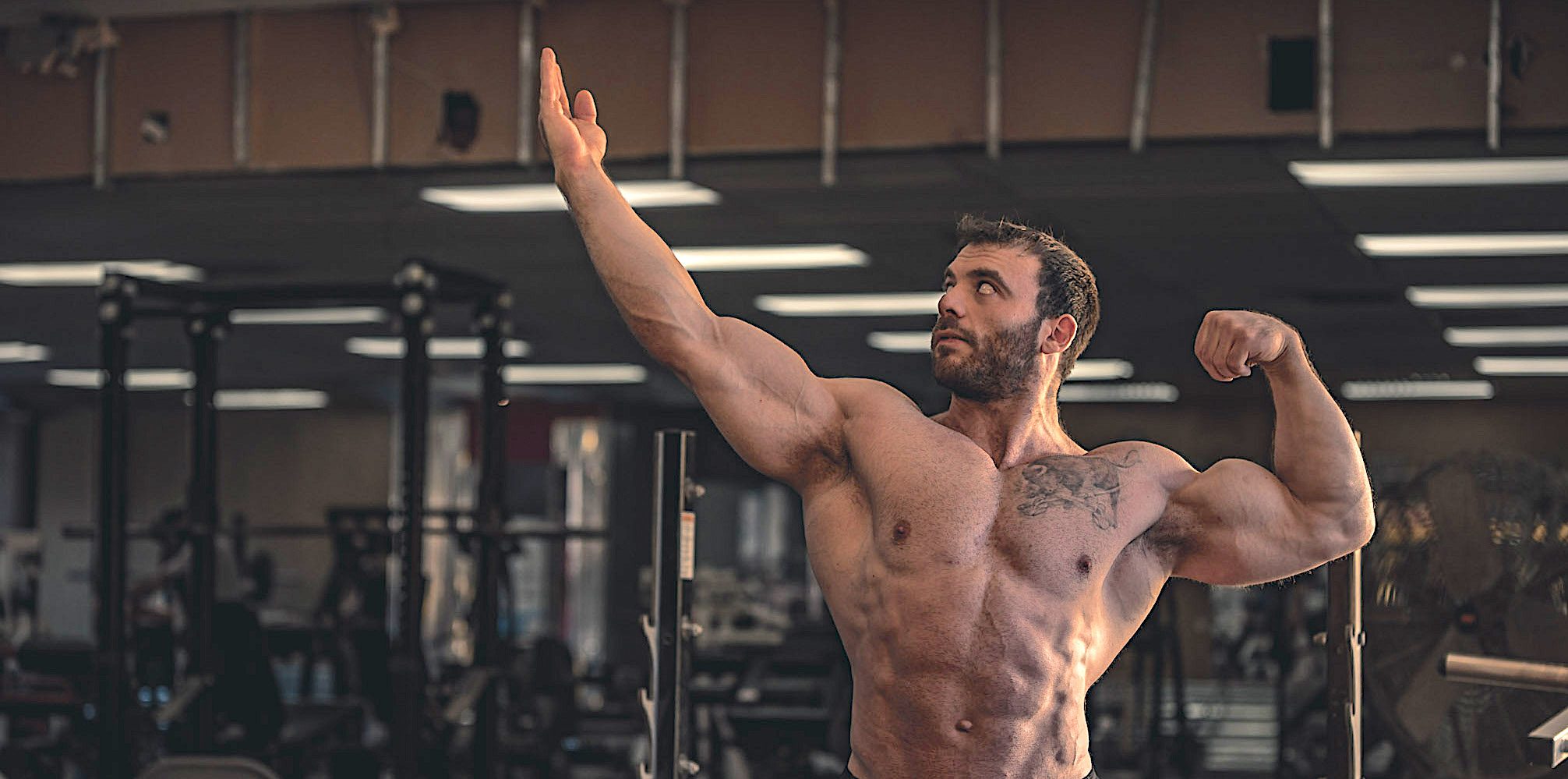
It seems really simple sometimes, but strength training can be a tricky sonofabitch. Let’s take programming: how many beginners do you know constantly spinning their wheels because they refuse to just follow a good, generic program exactly as it’s written? Conversely, how many intermediate lifters do you know who can never take it to the next level because they religiously stick to a program that hasn’t helped them improve in years? Why is it so damned hard to figure out how to structure your training for yourself?
There’s several possible reasons – such as lack of technical knowledge or underlying flaws in movement performance – but in my experience, the most common problem with programming for yourself is this: you must be able to, simultaneously, think as both an athlete and a coach. That’s really hard, because the role of the coach involves rational, objective evaluation of goals and individual performances. But athletes are often emotionally tied to their performances – and when you’re trying to fill both roles, the emotional often overrides the rational. That can lead to making poor programming choices.
For example: how many times have you attempted a PR on a scheduled light training day because you’re pissed about missing a PR last training cycle? How many times have you actually made that PR attempt? The answer is “probably not too often,” and even if you do manage the attempt, there’s a good chance you’ll follow that up with subpar training in the near future – because the heavy work wasn’t accounted for appropriately in your program structure.
Stoicism for the Powerlifter
Here’s where the ancient Greeks come in. I’m’ focusing specifically on the philosophy of Stoicism, which, in essence, involves learning to refrain from making decisions to based on emotion. Stoicism originated in Athens about 2500 years ago, and it’s stuck around to this day – a pretty good sign that it offers something of value. At the same time, practicing Stoicism is really difficult. It will probably take a long time to get comfortable with the notion, but by doing so, you can decrease your emotional reactivity in the gym – in other words, you can better separate your coach brain from your athlete brain, and, in the long run, make better gains for it.
Because it can be really difficult to get started, I’ve included a few practical suggestions to help you out.
Focus Your Coaching Energy on What You Can Control.
The coach side of your brain does enjoy some advantages in the battle of logic and emotion. For one, there are plenty of ways to skin a cat, and when it comes to programming, there are plenty of ways to structure your volume and intensity parameters. For example, you could use percentage-based loading or you could go by rate of perceived exertion (RPE).
Both are completely valid, proven approaches, but if you’re a lifter who really struggles to balance the coach and athlete side of programming, then you’re almost certainly better off with percentage-based loading. That’s because RPEs are a less objective measure of performance, and it’s often difficult to accurately judge whether a rep was @7 or @8 when the athlete side of your brain really wants to believe that you could throw on 50 pounds more and crank out an extra rep.
In general, I suggest you look for ways to minimize decision making during training. Emotions often run at their highest in the midst of a tough workout, and that’s when the coaching perspective is hardest to hold on to. If you can structure your training such that you can make any decisions regarding weights, sets, reps, and so on after a session, when you’ve had the chance to unwind a bit, you’re more likely to make logical choices.
Practice Fear-Setting Techniques.
I stole this one pretty shamelessly from Tim Ferris, but it’s a great way to practice logical decision making when you might be feeling afraid of a particular situation – whether that’s a big PR attempt, participation in a meet, or anything else.
The practice is a written one, and you can listen to Tim explain it here:
In case you prefer to read, here’s a quick summary:
- Begin by identifying your overarching fear. For example, maybe you want to lift in your first meet, but you’re afraid of performing in front of a crowd.
- Next, write down the worst possible outcomes of the fear. In our example, maybe you bomb out or get injured. Then, brainstorm ways you could prevent those worst-case outcomes from happening, and ways that if do happen, what you could do to mitigate the consequences.
- Third, list the benefits of facing your fear. In this case, competing in a meet will probably expose you to a lot of new things about the sport that will make you a better lifter very quickly.
Finally, identify the costs of inaction. What are the negative outcomes you’ll face in the short, medium, and long terms if you choose to avoid your fear? - While it might seem a little excessive or indulgent, fear-setting can help you to follow through on goals that you might otherwise abandon, which is a hugely important component of your development as an athlete.
Embrace the Process.
Look, sometimes you will let anger, frustration, fear, excitement, or whatever lead you to make suboptimal decisions in the gym – whether it’s pushing too hard or not hard enough. Don’t look at that as failure, regardless of the outcome. Look instead at practicing good decision making and learning to manage the coach-athlete dichotomy as part of the journey. As cliche as that sounds, it’s key to both your enjoyment and your success in the gym. Recognizing that and practicing gratitude for the opportunity will make you a better lifter, and hopefully a better person. I know it’s done that for me.








